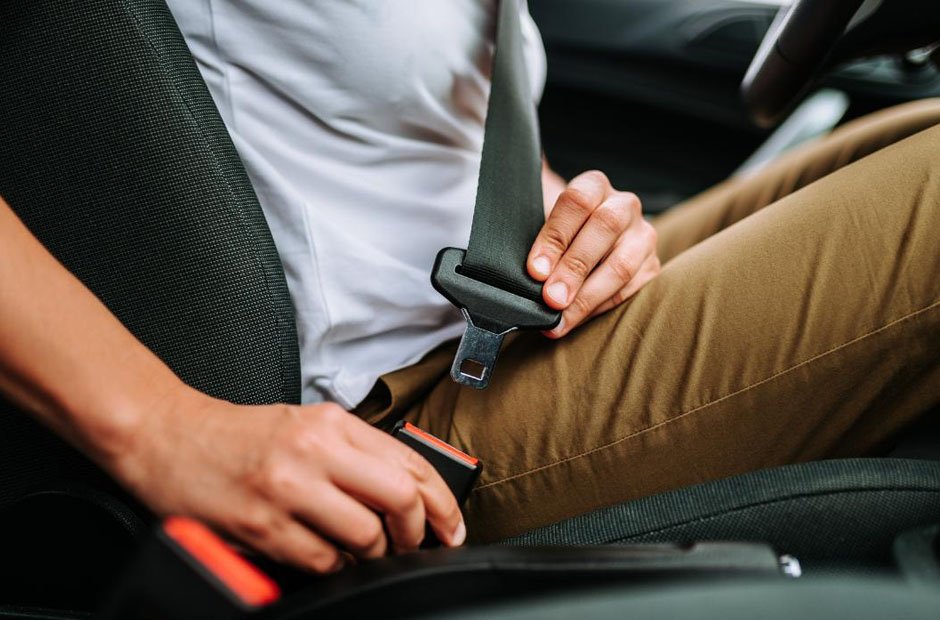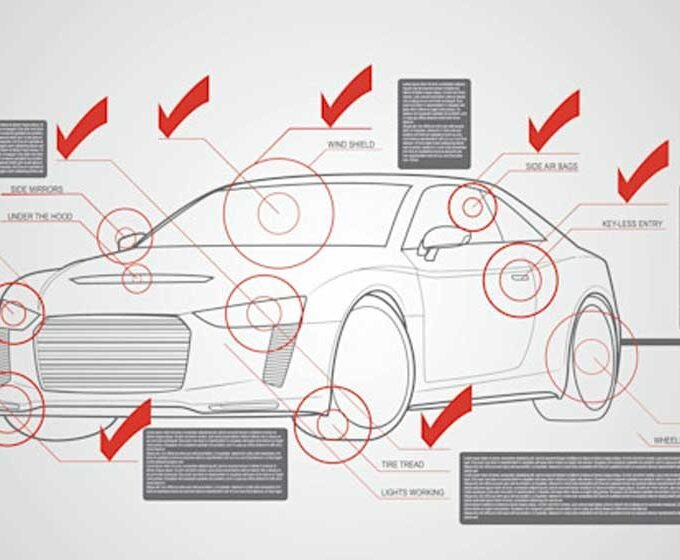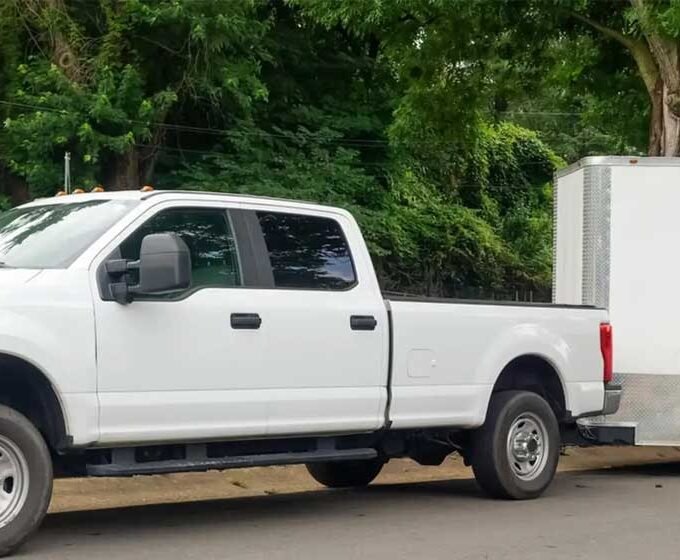Cars are an integral part of our fast-paced lives. In the hustle and bustle of getting from A to B, it can be easy to forget to take two seconds to buckle up your seatbelt. But neglecting to do so could have serious consequences.
In this guide, we’ll explain why seatbelts are important, what the rules are around wearing one, and much more.
What are seatbelts?
Seatbelts are safety devices that keep you securely fastened in vehicle seats. They minimise the contact made between the occupant and the interior of the vehicle, as well as reduce the risk of being thrown from the vehicle. This helps to prevent or reduce injuries suffered in the event of a collision.
Why are seatbelts important?
As well as helping to reduce collision injuries, wearing a seatbelt provides several important safety benefits. These include but aren’t limited to:
- Saving lives: According to data released by the Department for Transport, 30% of car occupants killed in a collision in 2021 were not wearing seatbelts. It’s likely that some of these people could have survived had they been wearing one.
- Keeping vehicle control: Following a sharp turn, sudden brake, or abrupt swerve, seatbelts help drivers stay in position and maintain control of their vehicles. So, wearing a seatbelt can actually help prevent road accidents too.
- Setting good examples: Drivers need to role model good safety practices for children and other passengers in their vehicles, and always wearing a seatbelt is one of the best ways to do this.
What are the rules regarding seatbelts?
As a driver, it is a legal requirement in the UK to wear a seatbelt. It’s also your responsibility to make sure that children under the age of 14 are in the correct car seat or, if they’re over 135 cm tall, are wearing a seatbelt. And if you’re a passenger over the age of 14, it’s your responsibility to ensure you’re wearing your own seatbelt.
There are very few exemptions for wearing seatbelts, including:
- You’re performing a reversing manoeuvre
- You’re driving while on duty for emergency services
- You’re travelling on a bus that isn’t fitted with seatbelts
- If you have a medical certificate stating that you are exempt
- You’re a disabled person wearing a disabled person’s belt instead
What happens if you don’t wear a seatbelt?
The most significant thing that could happen is that you’d break the law. Because of this, you could be fined up to £500 for not wearing a seatbelt or for allowing a child under the age of 14 to not wear one while you’re driving.
But there can also be wider consequences of not wearing a seatbelt. For instance, if you’re injured in a car crash that is someone else’s fault, not wearing a seatbelt is classed as contributory negligence. This means that you were partly to blame for the accident and your compensation would be reduced when making a personal injury claim through specialist solicitors, potentially denying you the resources you need to recover from the accident.
The bottom line
Seatbelts are simple yet essential safety devices that help protect everyone on the road. The most important reason to wear one is to keep safe, but the rules around seatbelt usage and the consequences of not wearing one make for persuasive supporting arguments.
















